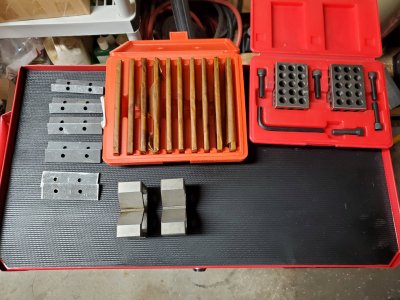Good post @Susquatch .
That kind of was my point about converting from one system to another - humans have been doing it forever.
Here is another example: long before the invention of currencies people were trading things. That is a form of conversion as one bag of potatoes may equal one shirt at the Taylor. Or a certain amount of meat is equal to a wagon wheel or new shoes for the horse…
The conversion ratio could vary from town to town depending on the abundance of a given item in the trade taking place.
That kind of was my point about converting from one system to another - humans have been doing it forever.
Here is another example: long before the invention of currencies people were trading things. That is a form of conversion as one bag of potatoes may equal one shirt at the Taylor. Or a certain amount of meat is equal to a wagon wheel or new shoes for the horse…
The conversion ratio could vary from town to town depending on the abundance of a given item in the trade taking place.


